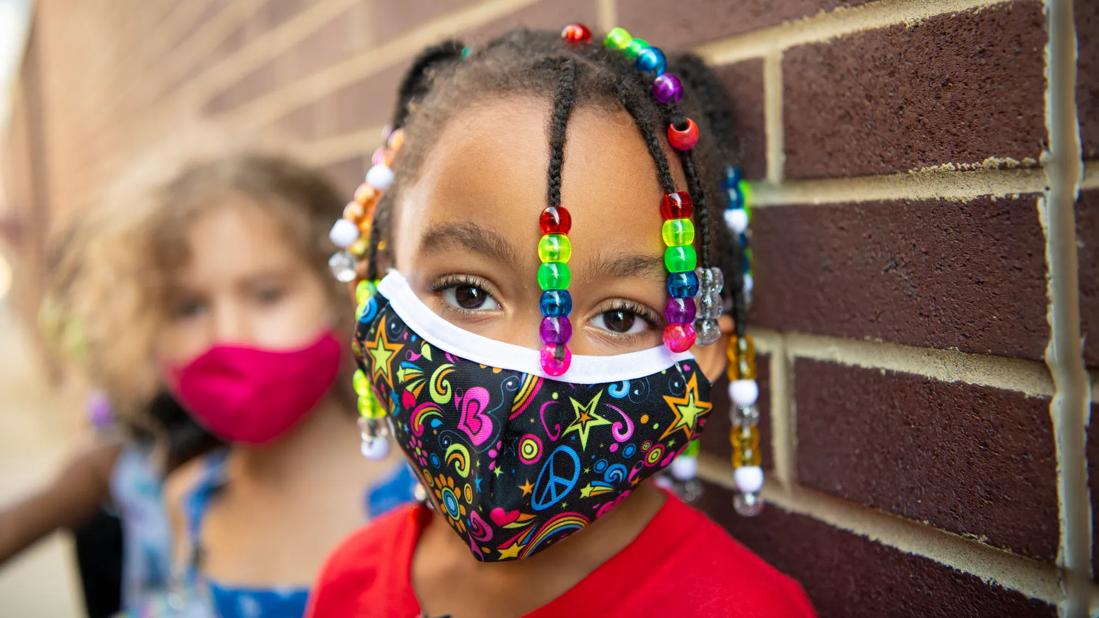New study analyzes epidemiological characteristics of COVID-19 in children

Although there is a growing number of case reports and studies related to COVID-19, an emerging pandemic, there is limited understanding of how the virus impacts pediatric patients specifically. In mid-March, Pediatrics published the first nationwide study of cases of COVID-19 in pediatric patients in Wuhan, China. The study shows that, in general, children with COVID-19 experience milder illness with less mortality compared with adults.
Advertisement
Cleveland Clinic is a non-profit academic medical center. Advertising on our site helps support our mission. We do not endorse non-Cleveland Clinic products or services. Policy
“The clinical course really seems to be more muted in children than adults,” says Frank Esper, MD, pediatric infectious disease expert at Cleveland Clinic Children’s, who was not involved in the study. “This doesn’t mean that children are unaffected by COVID-19 — they can certainly still be infected and can be a vector for community transmission — but it does appear that a smaller proportion of pediatric patients are developing severe illness.”
In this most recent, retrospective study, researchers analyzed 2,143 cases reported to the Chinese Center for Disease Control and Prevention from January 16 through February 8, 2020. Although children of all ages appear to be susceptible to COVID-19, most cases were mild or moderate. Of the cases included in this analysis, 4.4% of patients were asymptomatic, 50.9% experienced mild symptoms and 38.8% suffered from moderate illness. Only 5.9% of the cases were classified as severe or critical, compared to 18.5% of adult cases of COVID-19. There was one death.
“The clinical course really seems to be more muted in children than it does in adults,” notes Dr. Esper. “The vast majority of people developing symptoms and being identified as having COVID-19 are adults. Studies estimate that 2% to 10% of COVID-19 cases reported thus far have been in pediatric patients under the age of 20.”
Just as in the adult population, however, there are children at greater risk for more severe illness. “It is still unclear how much childhood diseases worsen the infection. As a common rule, if you have lung, heart problems, we consider you at higher risk. The Pediatrics report suggests the youngest infants (those under the age of 1) may get more severely sick; however, those numbers are really small — a small fraction of a small fraction,” Dr. Esper continues.
Advertisement
“It’s still early, but this analysis is reassuring. Nearly 90% had low to moderate symptoms — they probably weren’t even hospitalized. Only 10% of patients in the study required oxygen, and an even smaller percent were critically ill. It’s a double-edged sword, really. It’s great that kids don’t get sick, but they may be less likely to stay home, and may spread the infection. We still don’t know if, or to what extent, asymptomatic individuals can transmit the infection.”
Among pediatric patients who do develop symptoms, there seems to be a spectrum of disease, from milder symptoms akin to rhinovirus, to more severe, influenza-like symptoms. Dr. Esper predicts that case fatality will be somewhere above the 0.1% observed with influenza but well less than the 10% seen with SARS. These respiratory viruses present similarly, with fever, dry cough, body aches and sore throat. According to Dr. Esper, one notable difference between COVID-19 and influenza or the common cold is that COVID-19 seems to cause fever more often, especially in adults.
“Pediatricians are very much overwhelmed right now. The most important thing is to evaluate which patients need to be tested, and to practice preventive and precautionary measures for the safety of caregivers and patients. We should do our best to reassure families with the data we have, but we should remind them to remain extremely cautious. Children can be infected with COVID-19, and some will get very sick. Children deserve all the protections we have in place for adults, including social distancing and hand washing, which can be particularly challenging for toddlers who may not have the fine motor skills to use soap very well. Parents should be advised to wash their children’s hands more frequently, with soap and water, especially before and after eating, following a diaper change. Additionally, alcohol-based rubs may improve compliance in children under 2 years,” Dr. Esper concludes.
Advertisement
Advertisement

Patients report improved sense of smell and taste

Clinicians who are accustomed to uncertainty can do well by patients

Unique skin changes can occur after infection or vaccine

Cleveland Clinic analysis suggests that obtaining care for the virus might reveal a previously undiagnosed condition

As the pandemic evolves, rheumatologists must continue to be mindful of most vulnerable patients

Early results suggest positive outcomes from COVID-19 PrEP treatment

Could the virus have caused the condition or triggered previously undiagnosed disease?

Five categories of cutaneous abnormalities are associated with COVID-19